We will be sharing a STEM challenge children can do at home here every Friday. Complete the challenge and share your results on social media with @BramptonLibrary #kidsatBL!
This week’s challenge:
This week we’re going to be completing a Geometry Scavenger Hunt to find examples of different shapes around your home or neighbourhood!
Supplies you will need:
- A piece of paper and something to write with!
- If you have a printer at home, you can print this Geometry Scavenger Hunt Tracking Sheet
What’s the Challenge?
You are going to try and find as many examples of different geometric shapes as you can, just from searching around your home and local neighbourhood!
Make a list of all the geometric shapes you can think of (or use our Geometry Scavenger Hunt Tracking Sheet to help you remember them all). Then, take a socially distant stroll through your neighbourhood (or just stay inside) and write down or draw every example of each shape that you see … it’s that simple!
What was the most common shape you saw?
What shape was the hardest to find an example of?
Could you find examples of 2D and 3D shapes?
Why is this activity important for STEM skills?
Geometry is all about shapes and their properties.
Plane geometry is about flat shapes like lines, circles, triangles, and other shapes that can be drawn on a piece of paper.
Solid geometry is about three-dimensional objects like cubes, prisms, cylinders and spheres. These shapes are used to help explain important ideas about how objects relate to one another.
These ideas are useful in many kinds of work. For example, people who build houses must understand these ideas so that they can make strong buildings. People who fly airplanes use geometric ideas to figure out their routes. The ancient Egyptians used geometry to measure areas of land.
The world is full of geometric shapes. Some of them are large and famous. For example, giant triangular structures in Egypt called the pyramids are named for their geometric shape. A huge building in Washington, D.C., is named the Pentagon for its five-sided geometric shape.
Geometric shapes are all around us every day. Many houses and buildings have square or rectangular walls. Many bridges have triangular supports underneath. Snowflakes are hexagons or six-sided shapes, and earthworms are shaped like cylinders or tubes. We can understand our world better by learning something about geometry.
If you liked this activity, you might enjoy these free resources from our digital library:
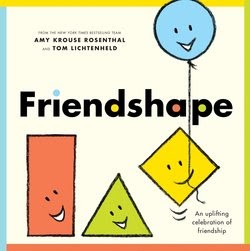
Friendshape by Amy Krouse Rosenthal and Tom Lichtenheld (animated picture book, recommended for 3-8 years, available through Kanopy)
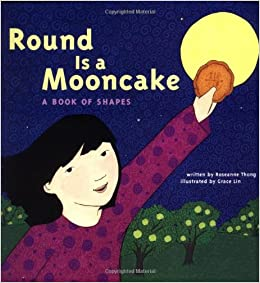
Round is a Mooncake by Roseanne Thong (animated picture book, recommended for 3-8 years, available through TumbleBook Library)
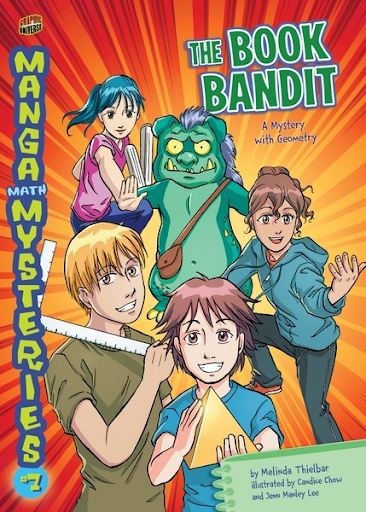
The Book Bandit: A Mystery with Geometry by Melinda Thielbar (graphic novel ebook, recommended for 6-12 years, available through TumbleBook Library)
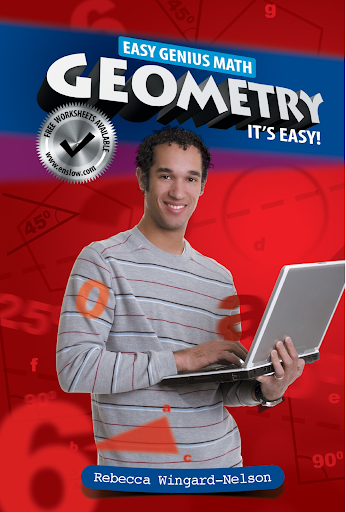
Geometry: It’s Easy! by Rebecca Wingard-Nelson (non-fiction ebook, recommended for 9-12 years, available through CloudLibrary)
PLUS: try Tumble Math for a huge selection of picture books and non-fiction books about geometry!
Resources for grown-ups:
- Guided Math: Geometry Scavenger Hunt Lesson
- Exploratorium: Geometry Playground
- Better Lesson (distance learning support for educators): Fifth Grade Lesson Plan - Geometry Scavenger Hunt




 905-793-4636
905-793-4636